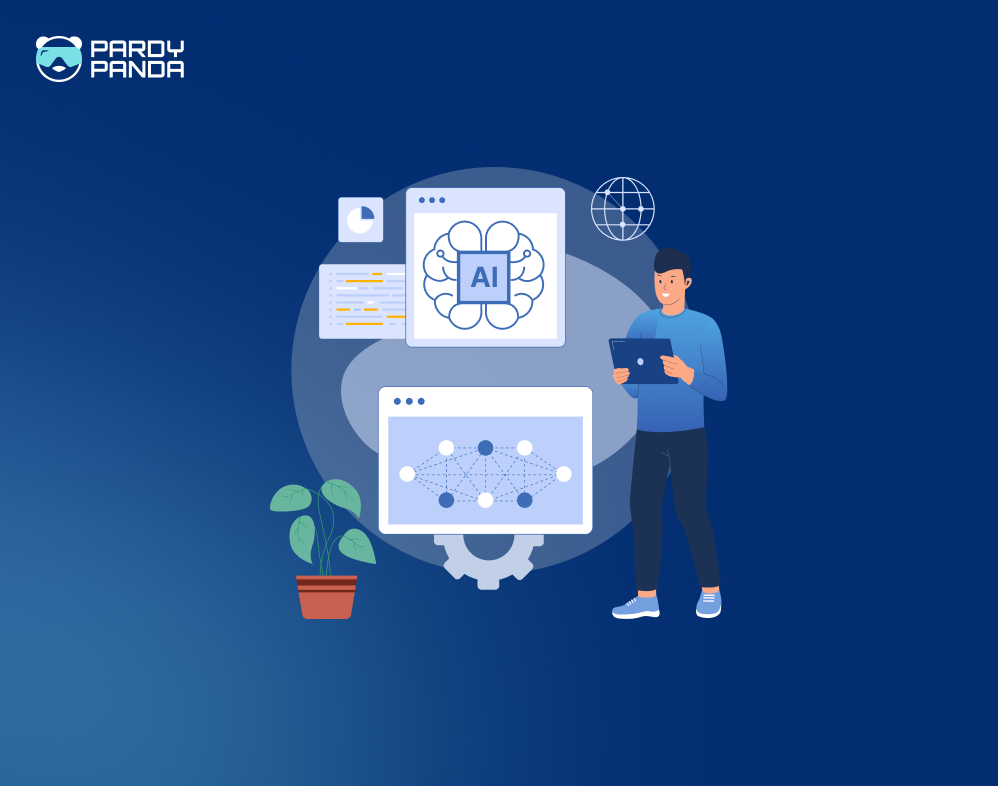You Don’t Need to Start Over to Add AI Magic
Many founders hesitate to adopt AI because they think it requires tearing down and rebuilding their entire app. But here’s the truth: you can integrate AI into your current product stack, without massive disruption or expense.
Whether you run an eCommerce platform, SaaS tool, healthcare app, or internal system, adding AI doesn’t have to be a moonshot. In this guide, we’ll walk you through how to smartly plug AI into your existing workflows, where to begin, and what kind of value you can unlock with minimal technical risk.
Let’s make your app smarter, strategically.
Why Add AI to Your App in the First Place?
AI can supercharge your product in ways your users will actually feel:
- Faster decisions: Summarize large data sets or chat logs instantly.
- Better personalization: Suggest content, services, or next steps tailored to user behavior.
- Smarter interfaces: Enable natural language commands or voice input.
- Operational efficiency: Automate repetitive tasks like tagging, routing, or verification.
But the key is adding this intelligence without overhauling your system.
Step 1: Identify the Best-Value Use Cases
You don’t need to AI-ify everything.
Start small. Look at:
- Customer service: Chatbots, AI-assisted replies, and FAQ generation.
- Search & discovery: Semantic search, product recommendations.
- Content workflows: Auto-summarization, captioning, sentiment tagging.
- Internal tools: Report generation, anomaly detection.
Choose use cases that solve bottlenecks, reduce support loads, or increase revenue.
Example: A fitness app can use AI to create personalized workout summaries or answer health questions via a chatbot, without touching its core tracking logic.
Step 2: Use APIs Instead of Building from Scratch
There’s no need to hire a data science team or train your own model.
Use plug-and-play APIs like:
- OpenAI / Claude / Gemini for natural language understanding
- Google Cloud Vision / AWS Rekognition for image analysis
- LangChain / Pinecone for retrieval-augmented generation (RAG)
- AssemblyAI / Whisper for speech-to-text
These services can be layered on top of your existing frontend/backend without architectural surgery.
Step 3: Connect via Microservices or Middleware
You can isolate AI functionality as a standalone microservice that communicates with your main app via REST or GraphQL APIs.
For example:
- A Node.js microservice calls OpenAI’s API and returns the response to your main app.
- A Python FastAPI endpoint handles file uploads, runs an AI model, and sends results back.
This means your core code stays intact while AI-enhanced features run in parallel.
Step 4: Don’t Forget Security, Latency & Cost Control
AI services, especially generative ones, can be expensive and raise privacy flags.
Make sure to:
- Log and monitor usage to prevent runaway bills.
- Token-limit prompts and cache repeat results.
- Use enterprise-level APIs that offer SOC 2 / HIPAA compliance if needed.
- Pre-process inputs to clean and compress before sending to external services.
Pro Tip: Build an approval layer before AI suggestions go live in user-facing areas like support or content.
Real-World Example: From Legacy to AI-Enhanced
A client at Pardy Panda Studios wanted to add smart search and automated insights to their 5-year-old CRM tool. Instead of rewriting the entire system, we:
- Hooked up to OpenAI for semantic search.
- Created a summarization engine via a small Node.js service.
- Left the database and main UI untouched.
End result? Their users got AI features in under 6 weeks, and the client didn’t touch 90% of their existing codebase.
Closing Thoughts: Don’t Rebuild. Rethink.
Adding AI to your app shouldn’t feel like starting over. It should feel like leveling up.
With the right approach, you can:
- Keep your current stack
- Choose the right battle-tested APIs
- Modularize your AI logic
- Launch smarter features your users will love
Need Help Adding AI Without a Rebuild?
At Pardy Panda Studios, we assist teams like yours in seamlessly integrating AI into existing software without codebase chaos or missed deadlines.
Book a free consultation and let’s brainstorm the best AI fit for your app.
FAQs: Quick Answers About AI Integration
Q1: Will I need to switch my tech stack to use AI?
No, most modern AI APIs are language-agnostic and work with Node, Python, PHP, Java, and more.
Q2: Is it expensive to run AI features?
Costs depend on usage. But by caching, prompt limiting, and choosing the right providers, we can keep it efficient.
Q3: Can AI features run offline?
Some models can be embedded on-device (like Whisper or DistilBERT), but most generative models work best online via APIs.





